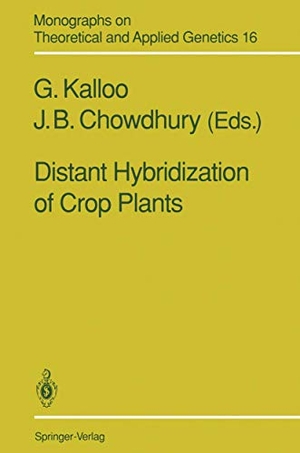
Distant Hybridization of Crop Plants
- Springer Berlin Heidelberg
- 2011
- Taschenbuch
- 288 Seiten
- ISBN 9783642843082
Wild taxa are invaluable sources of resistance to diseases, insects/ pests, nematodes, temperature extremes, salinity and alkalinity stresses, and also of nutritional quality; adaptation; genetic diversity and new species. Utilization of wild relatives of a crop depends largely upon its crossability relations with cultivated varieties. Sev eral wild species are not crossable with the commercial cultivars due to various isolation barriers. Furthermore, in a few cases, hybridiza tion is possible only in one direction and reciprocal crosses are not successful, thus depriving the utilization of desired cytoplasm of many species. However, techniques have been developed to over come many barriers and hybrid plants are produced. New
Mehr
Weniger
zzgl. Versand
in Kürze